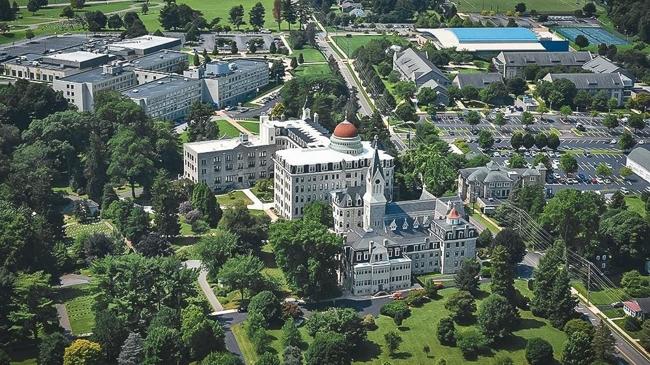Summary
Tourism forms the core of Keralas economic progress, contributing significantly to the state’s economy. Today, Kerala is identified worldwide for its tourism offerings. The sector promotes balanced and sustainable regional development by generating income through foreign exchange earnings and creating job opportunities,
Source: IBEF

AI News Q&A (Free Content)
Q1: How has Kerala's tourism sector contributed to its GDP and employment levels?
A1: Kerala's tourism sector significantly boosts its economy, contributing around 10% to the state's GDP and accounting for 23.5% of total employment. The sector not only generates foreign exchange earnings but also supports local business growth and infrastructure development, making it a critical component of Kerala's economic landscape.
Q2: What are the key factors that have made Kerala a global tourism destination?
A2: Kerala's unique culture, traditions, and diverse geography have made it a renowned global tourism destination. The state's ecotourism initiatives, beautiful backwaters, and heritage sites have been recognized by international agencies such as UNESCO and National Geographic. Aggressive marketing campaigns by the Kerala Tourism Development Corporation have also played a vital role in establishing Kerala as a niche holiday destination.
Q3: What role does sustainable tourism play in Kerala's tourism strategy?
A3: Sustainable tourism is a key element of Kerala's tourism strategy. The state emphasizes ecologically sustained tourism that focuses on local culture, wilderness adventures, and the personal growth of the local population. Efforts are made to minimize traditional tourism's adverse effects on the environment and enhance the cultural integrity of local communities.
Q4: What recent trends have been observed in tourist arrivals in Kerala?
A4: Recent trends show a significant increase in tourist arrivals in Kerala, with 18 million domestic tourists and 345,549 international tourists visiting in 2022. This growth reflects the state's successful marketing and diverse offerings, which continue to attract tourists from around the world.
Q5: How does Kerala's tourism compare with other regions in terms of environmental impact?
A5: Kerala is actively working to develop low-carbon tourism, drawing lessons from global examples such as the Yellow River Basin in China, which shows a strong interaction between tourism economy and carbon emissions. While the focus is on minimizing environmental impact, Kerala is still in the early stages of achieving a fully sustainable tourism model.
Q6: In what ways has Kerala's tourism industry evolved since the 1980s?
A6: Since the 1980s, Kerala's tourism industry has transformed from being relatively unknown to becoming one of India's top destinations. This evolution was driven by strategic marketing, the promotion of Kerala's natural beauty, and the diversification of tourist attractions to include beaches, backwaters, hill stations, and cultural sites.
Q7: What are the future prospects for Kerala's tourism in terms of economic growth?
A7: The future prospects for Kerala's tourism look promising, with continued emphasis on sustainable practices and innovative marketing strategies. As tourism remains a key driver of economic growth, Kerala is expected to further enhance its offerings and infrastructure, thereby increasing its contribution to the state's GDP and employment.





